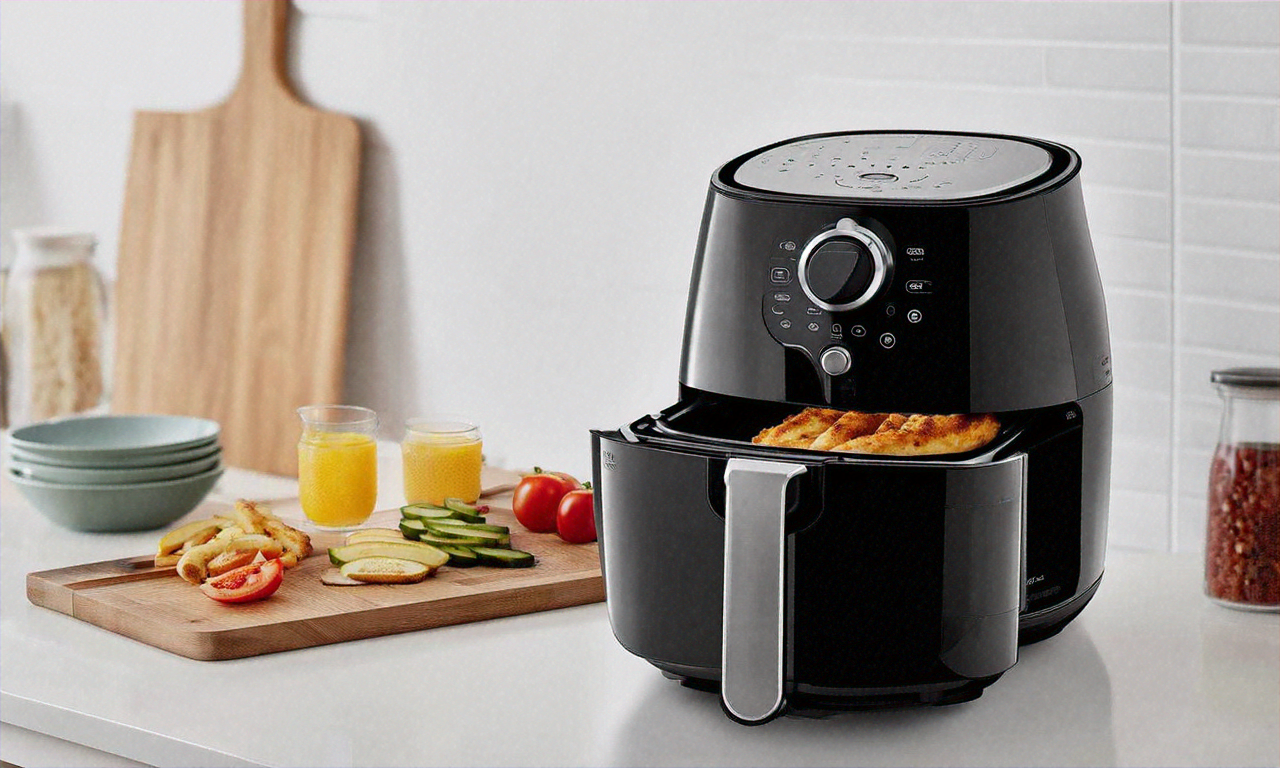Vegetable Cutter: Uses, Types, and Care
A vegetable cutter is a kitchen tool designed to speed up slicing, dicing, and shredding vegetables for everyday meals. Whether manual or electric, these appliances can reduce repetitive work, improve consistency, and help with portioning. This article explains common types, practical uses, selection considerations, safety tips, and basic maintenance to help you use a vegetable cutter effectively in food preparation.

How a vegetable cutter fits in the kitchen
A vegetable cutter occupies a practical place among kitchen tools by taking on repetitive, time-consuming tasks. In home kitchens it often replaces a mix of knives, graters, and mandolines for jobs like slicing onions, shredding cabbage, or cutting potatoes. In professional or high-volume settings, it supports faster food preparation and consistent portion sizes. Consider how much counter space and storage you have, and whether you prefer a compact manual model or a countertop appliance for frequent use.
What types of vegetables can be handled
Vegetable cutters handle a wide range of produce: firm items like carrots and potatoes, softer vegetables such as tomatoes and peppers, and leafy items when used with appropriate attachments. Different blades and discs produce slices, julienne, cubes, or shreds, and some models include adjustable thickness. Very small, rounded, or overly soft items may require extra care or manual finishing. Always follow manufacturer guidance about recommended vegetables and load sizes to avoid jamming or inconsistent cuts.
How it speeds food preparation
Using a vegetable cutter streamlines food preparation by delivering uniform pieces quickly, which reduces cooking time variability and improves presentation. Tasks like preparing salads, stir-fries, stews, or batch meal prep benefit from the consistent cuts that help ingredients cook evenly. When paired with good workflow—prepping one type of vegetable at a time and using the proper blade—an appliance can cut minutes off recipes and reduce hand fatigue during larger meal preparations.
Choosing an electric vegetable cutter
When evaluating an electric vegetable cutter, consider motor power, available blades, safety features, and ease of cleaning. Look for stainless steel blades that stay sharp, secure locking mechanisms, non-slip bases, and feed tubes or pushers that protect fingers. Size and capacity should match your typical batch sizes; higher-capacity models suit frequent cooks, while smaller units fit compact kitchens. Also check whether removable parts are dishwasher-safe and whether the manufacturer provides replacement blades or parts.
Care and maintenance for this appliance
Regular maintenance preserves performance and safety. Clean blades and housings after each use to avoid food residue and odors; detach blades carefully and dry them to prevent corrosion. Sharpen or replace blades per manufacturer recommendations to maintain cut quality. Inspect seals and electrical cords for wear, and store the appliance and attachments in a dry place. For machines with removable parts, follow dishwasher guidance—some components may require hand washing to protect bearings or seals.
Conclusion
A vegetable cutter is a practical kitchen appliance for anyone who wants more consistent results and less repetitive chopping in food preparation. Choosing the right model depends on your usual batch sizes, the types of vegetables you prepare, and priorities like ease of cleaning and safety features. With proper use and routine maintenance—cleaning blades, checking parts, and following manufacturer instructions—a vegetable cutter can streamline meal prep and help maintain consistent texture and cook times across recipes.






